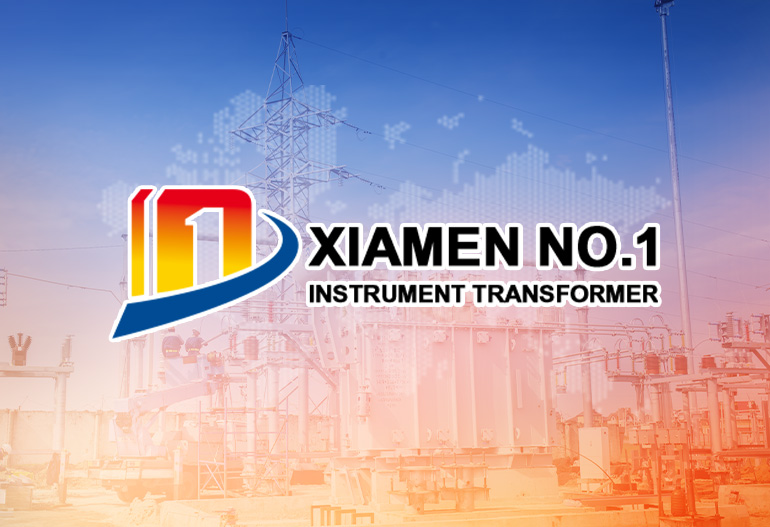
News
Current Transformers for Electric Vehicle Charging Infrastructure
Working Principle2
Structure2
Primary coil: Usually made of copper wire, it is the part through which the main current to be measured passes.
Secondary winding: Consists of thin copper wire wound around the core. It generates an induced voltage signal according to the current in the primary coil.
Core: The choice of core material and the design of the core structure have a significant impact on the accuracy and frequency response of the sensor. Common core materials include silicon steel and ferrite.
Shell: Usually made of plastic or metal, it plays a role in protecting and fixing the sensor.
Functions
Current measurement2: It is used to measure the current during EV charging, enabling accurate energy metering and power monitoring of the charging pile, which helps with billing and analyzing the charging process.
Overload protection8: It can detect abnormal current situations in a timely manner during EV charging. When an over - current fault occurs, it triggers a protection mechanism to prevent damage to equipment such as chargers and cables, thus ensuring the safety of the charging process.
Power quality monitoring: By accurately measuring the current, it helps to monitor the power quality of the charging station, such as detecting harmonic currents. This provides a basis for taking corresponding measures to improve power quality and ensure the stable operation of the grid.
Selection Considerations
Rated current: It should be selected according to the maximum charging current of the EV charging pile to ensure that the current transformer can accurately measure the current within the working range without overloading.
Accuracy level: Different application scenarios have different requirements for measurement accuracy. For example, commercial charging stations and public charging stations usually require a higher accuracy level to meet strict metering and management requirements8.
Environmental adaptability: Considering that charging piles may be installed outdoors or in other harsh environments, the current transformer should have good environmental adaptability and durability, such as being able to withstand high and low temperatures, humidity, and dust8.
Insulation performance: It is necessary to ensure reliable insulation performance to prevent electrical leakage and short - circuit faults, ensuring the safety of personnel and equipment.

XUJIA
I graduated from the University of Electronic Science and Technology, majoring in electric power engineering, proficient in high-voltage and low-voltage power transmission and transformation, smart grid and new energy grid-connected technology applications. With twenty years of experience in the electric power industry, I have rich experience in electric power design and construction inspection, and welcome technical discussions.

